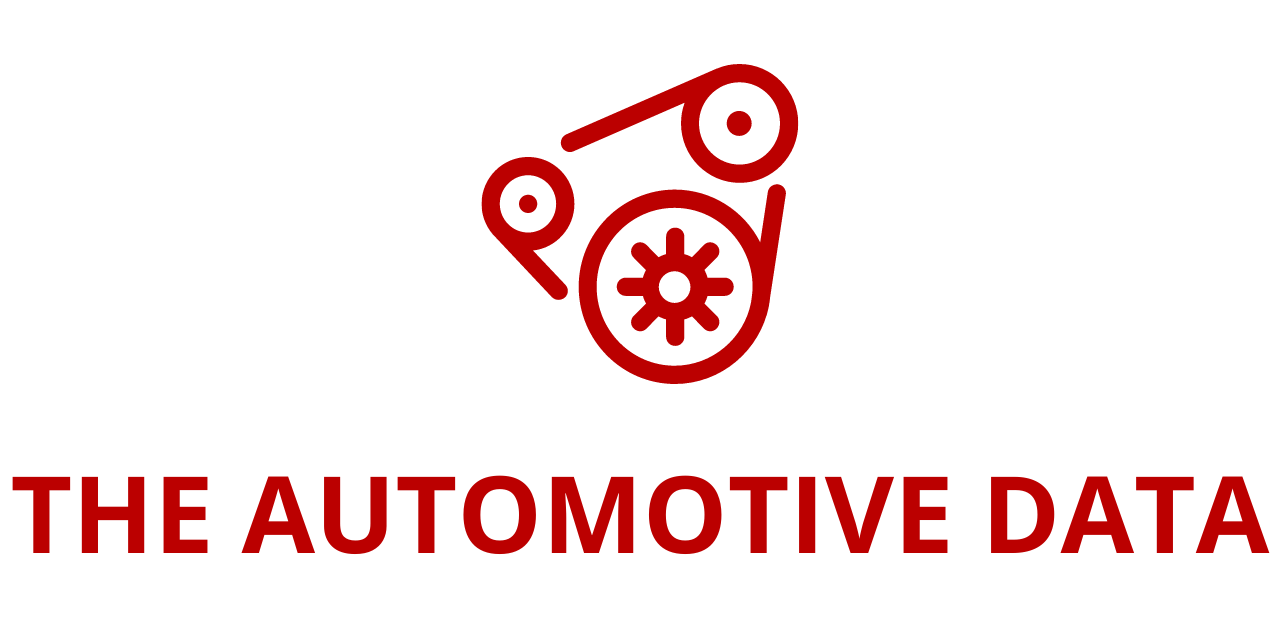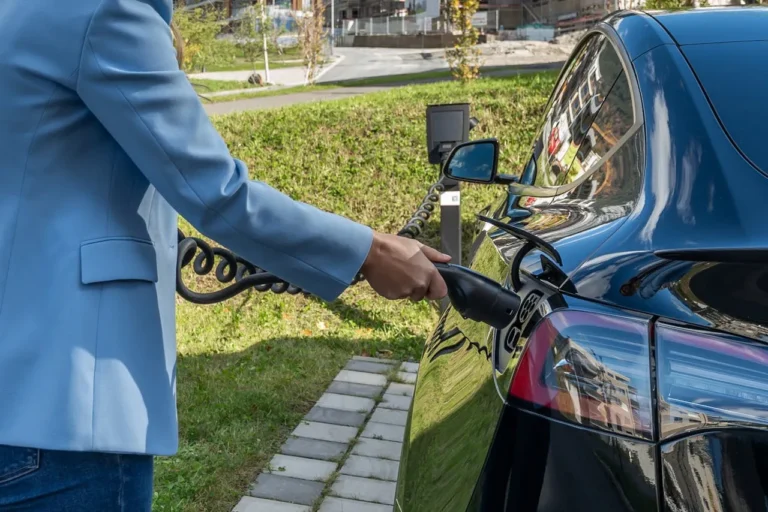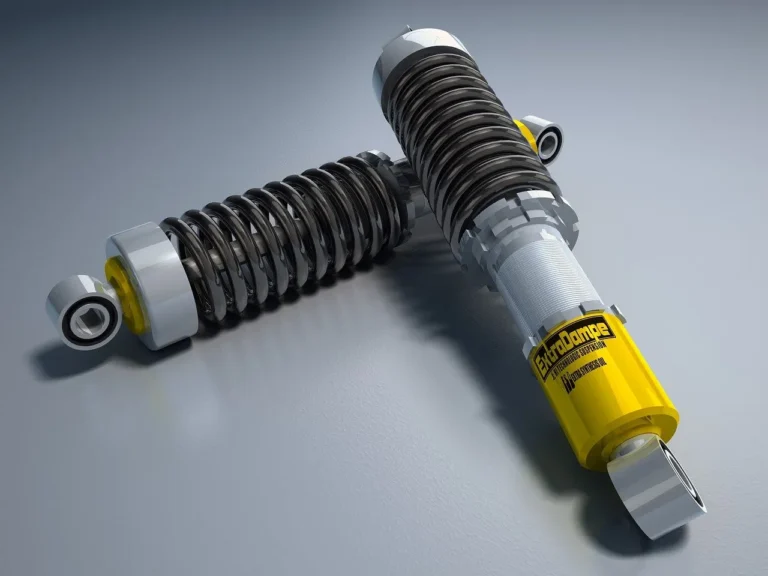
Driving the Future Forward: GM Showcases Innovation and Thought Leadership at the 2025 Calgary Stampede
For over a century, the Calgary Stampede has stood as a powerful symbol of Western Canadian heritage—blending rodeo thrills, agricultural exhibitions, cultural celebrations, and frontier spirit into one of North America’s largest and most iconic events. Each July, more than a million visitors from across Canada and around the world descend on Calgary, Alberta, to experience the 10-day spectacle. From barrel racing and chuckwagon races to country music and midway attractions, the Stampede offers a unique blend of tradition and modern entertainment.
But in recent years, the Calgary Stampede has also become a platform for innovation—where technology, industry, and community meet. And in 2025, few companies embodied that spirit more fully than General Motors Canada.
A Longstanding Partnership with the Stampede
General Motors (GM) is no stranger to the Calgary Stampede. In fact, the company has been a major sponsor for nearly four decades, underscoring a deep and enduring connection to the Western Canadian community. The relationship goes beyond branding: GMC Stadium, one of the Stampede’s premier venues, is named in honor of GM’s rugged and reliable truck and SUV division, reflecting the automaker’s legacy in utility, durability, and performance—qualities celebrated across the event.
This year, GM brought its latest innovations and vision for the future to the Stampede, blending tradition with transformation. As the automotive industry undergoes a profound shift toward electrification, automation, and intelligent mobility, GM used the Stampede’s massive stage not only to showcase its vehicles, but also to engage Canadians in meaningful dialogue about what lies ahead.
A Showcase of GM’s Latest Vehicle Technology
Visitors to the 2025 Calgary Stampede were greeted with a hands-on experience of GM’s newest fleet offerings—both electric and gas-powered. From full-size pickups built for Alberta’s rugged terrain to cutting-edge electric vehicles (EVs) designed for urban and suburban efficiency, the displays highlighted GM’s dual commitment to performance and sustainability.
The presence of Chevrolet, Buick, GMC, and Cadillac vehicles allowed attendees to explore the evolving range of GM’s portfolio—one that is rapidly growing greener, smarter, and more connected. Flagship EV models like the Chevrolet Silverado EV, Cadillac LYRIQ, and GMC Hummer EV drew large crowds with their futuristic design, advanced battery technology, and promise of zero-emissions driving without sacrificing capability.
Demonstrations and static displays were complemented by interactive features that helped educate the public about EV charging infrastructure, range capabilities, and ownership benefits—critical topics as more Canadians consider making the transition to electric mobility.
Driven by Tomorrow” – A Platform for Future-Focused Dialogue
Beyond the product showcase, GM Canada hosted a powerful thought leadership forum during the Stampede titled “Driven by Tomorrow.” The panel brought together influential voices across academia, technology, energy, and mobility to discuss how artificial intelligence (AI), electrification, and smart systems are transforming the global transportation landscape and, by extension, the Canadian economy.
The panel was hosted in partnership with The Logic, a Canadian publication renowned for its in-depth reporting on innovation and business. David Skok, Editor-in-Chief of The Logic, moderated the session, which provided insights into the opportunities and challenges of the transportation transition—and how Canada can play a leadership role in shaping it.
Voices of Leadership and Insight
The panel featured an impressive lineup of speakers:
- Kristian Aquilina, President and Managing Director of GM Canada, offered an automaker’s perspective on navigating rapid industry disruption.
- Dr. Heather Exner-Pirot, Senior Fellow and Director of Natural Resources, Energy, and Environment at the Macdonald-Laurier Institute, provided policy insights and commentary on Canada’s critical minerals strategy.
- Raghavender Sahdev, Founder and CEO of NuPort Robotics, represented the frontier of Canadian AI-driven logistics and autonomous trucking.
- Dr. Lina Kattan, Professor of Transportation Engineering at the University of Calgary and the Schulich School of Engineering, brought academic and data-driven insights into urban mobility and infrastructure planning.
Together, the panelists explored themes ranging from the role of artificial intelligence in optimizing traffic systems and enabling autonomous vehicles, to the importance of securing domestic supply chains for critical battery materials, such as lithium, nickel, and cobalt. They also discussed the imperative for collaboration between the private sector, government, and educational institutions to ensure Canada remains competitive on the global mobility stage.
Canada’s Strategic Advantage in the Mobility Revolution
In his keynote remarks, Kristian Aquilina underscored Canada’s unique strengths in the emerging mobility ecosystem. “Canada has all the right pieces,” he said. “From an abundance of critical minerals to a highly skilled and tech-savvy workforce, we’re ideally positioned to lead in the new age of electrification and smart mobility.”
Aquilina called for bold public-private partnerships and agile policymaking to fully leverage these national assets. “We need to think big, move fast, and act collaboratively,” he said. “Our ability to build a resilient, homegrown EV supply chain—and export that innovation to the world—depends on the choices we make today.”
He also spoke of GM’s commitment to rapid transformation. “We’re transforming faster than the industry, because that’s what our customers, our economy, and our future demand,” Aquilina said. “From EV leadership to smart manufacturing and cutting-edge software, we’re not just responding to the future—we’re building it, right here in Canada.”
A Vision Grounded in Action
GM Canada’s leadership at the 2025 Calgary Stampede wasn’t just about discussion—it reflected real progress. The company has made major strides toward electrification and automation over the past five years. With billions invested in Canadian manufacturing facilities, including the Ingersoll plant (CAMI)—now producing the BrightDrop Zevo 600 electric delivery van—GM is turning vision into reality.
Initiatives such as GM’s Canadian Technical Centre (CTC) in Ontario are accelerating software development, AI integration, and cybersecurity efforts that will underpin future connected vehicles. Meanwhile, partnerships with local suppliers and energy providers are helping to create a sustainable ecosystem that supports clean transportation.
Bridging Tradition and Innovation
The 2025 Calgary Stampede served as a compelling symbol of where Canada—and companies like GM—are headed. It showed that even in the heart of cowboy country, innovation has a place. The event offered a glimpse into a future where clean energy, digital connectivity, and intelligent mobility are not abstract concepts, but daily realities.
By combining its deep legacy with a forward-thinking vision, GM Canada continues to evolve with the times, proving that heritage and innovation are not mutually exclusive. Whether through community engagement, product leadership, or thought-provoking dialogue, GM is helping Canadians—and the world—understand what mobility can and should look like in the years ahead.







